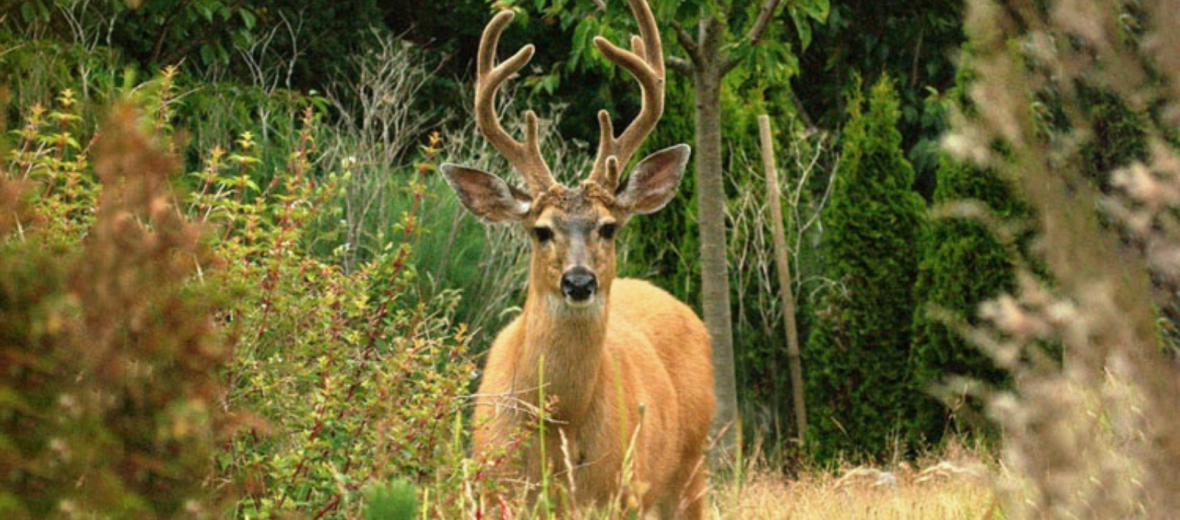
The Patagonian huemul, aka Chilean huemul, Güemul, southern guemal, South Andean deer, is found in Argentina and Chile. With any luck, you can find them dwelling among the cold valleys and high mountainsides of the Andes. They prefer low bluffs, open periglacial scrublands, rocky areas, upland forests, forest-borders, steep mountain slopes, and open grassland habitats. Unfortunately, due to numerous adversities, such as habitat destruction – at the hands of residential and commercial development, tourism, agriculture, and aquacultural development; mining; development of roads that not only divide their territory but also increase the chance for vehicle strike (being hit by vehicles); logging; human-based recreational activities; hunting; trapping; fires and fire suppression; & invasive species (and with them disease and competition for food), these critters are listed as Endangered by the IUCN.
First the Stats…
Scientific name: Hippocamelus bisulcus
Weight: Up to 150 lbs.
Length: Up to 5.1 feet
Height: Up to 35 inches, at the shoulders
Lifespan: Up to 14 years
Now on to the Facts!
1.) Their populations are decreasing and there are currently, at the time of this article, only an estimated 1,500 huemuls left in the wild.
2.) They are diurnal (active during the day).
3.) These critters congregate into groups of up to 5 individuals.
4.) During the winter months, they stay at lower elevations and migrate to higher elevations in the summer.
5.) Patagonian huemuls are not a territorial species.
But wait, there’s more on the Patagonian huemul!
6.) Their vocalizations include: bleats, grunts, and snorts.
7.) A group of huemuls is called a gang, herd, or mob.
Did you know…?
Fawns are born in bushes and tall grass to hide them from predators.
8.) When threatened, they will stomp their front legs and snort. If that doesn’t ward off the threat, they tend to flee.
9.) Leaves, tender or new shoots, and occasionally grass makes up their diet.
10.) Females undergo up to a 7-month gestation (pregnancy) that yields a single fawn.
11.) Cougars, jaguars, foxes, and large birds of prey hunt huemuls.
Now a Short Patagonian Huemul Video!
Be sure to share & comment below! Also, check out the Critter Science YouTube channel. Videos added regularly!
Want to suggest a critter for me to write about? Let me know here.



